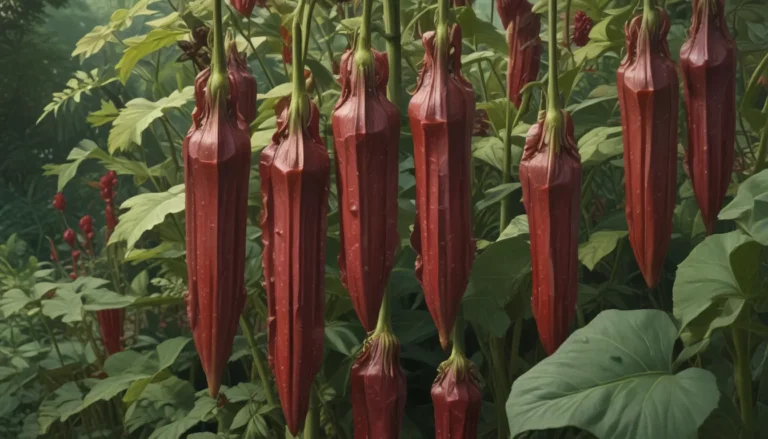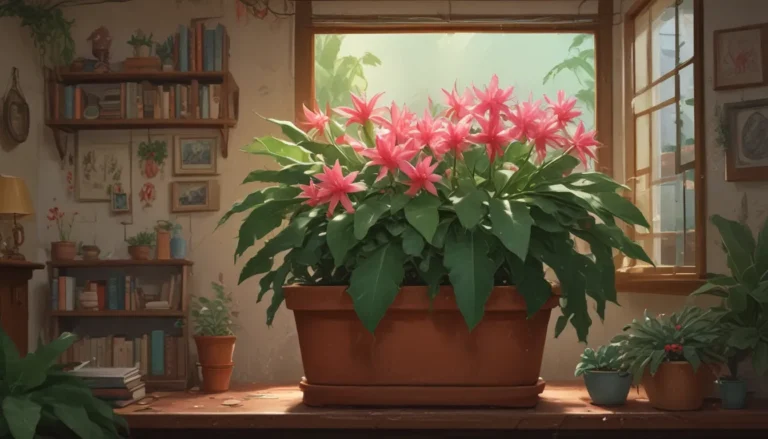In-Depth Guide to Growing and Caring for Torenia (Wishbone) Flowers

If you’re looking to brighten up your shady spots with a burst of color, consider adding Torenia fournieri, also known as wishbone flower, to your garden. This lovely annual plant is a showstopper with its velvety bicolored or tricolored trumpet-shaped flowers that bloom generously in areas with partial sun to full shade exposure.
Understanding Torenia
Native to tropical areas of Asia, Torenia is a bushy plant that typically reaches a height of seven to 12 inches and spreads out six to eight inches. This compact plant is not aggressive or invasive, making it a perfect addition to any garden.
The flowers of Torenia are reminiscent of snapdragons and foxgloves and belong to the figwort (Scrophulariaceae) family, now considered a member of the Linderniaceae family. The plant blooms from early summer to mid-fall, attracting hummingbirds to its sweet nectar.
Torenia’s nicknames, such as wishbone flower, bluewings, and clown flower, reflect its unique characteristics and colorful appearance. When planting Torenia, consider companion plantings such as impatiens and ferns to create a harmonious garden space.
Propagating Torenia
You can propagate Torenia by purchasing starts from a local nursery or starting from seeds. When selecting plants, look for sturdy specimens that are not yet blooming to ensure successful transplantation.
If starting from seeds, sow them indoors six to eight weeks before the last frost date. Transplant the seedlings into the garden after the last frost, ensuring they are placed in well-draining, moist, organically-rich soil. Water regularly and fertilize with high-phosphorus plant food to promote healthy growth.
Cultivating Wishbone Flowers
Torenia thrives in part shade locations with well-draining, fertile soil. It’s essential to provide adequate moisture without overwatering to prevent root rot and powdery mildew. Fertilize the plants once or twice a month during the growing season to support their growth and blooming cycle.
- Growing Tips:
- Choose a part shade location.
- Plant in well-draining, fertile soil amended with aged compost.
- Fertilize monthly with high-phosphorous plant food.
Pruning and maintenance of Torenia are minimal, with the plant naturally maintaining a compact, attractive form. Pinch back young plants to encourage branching and remove faded plants at the end of the growing season.
Where to Find Torenia
Torenia is widely available in various shades of yellow, pink, purple, and white. You can purchase seeds or starts from local garden centers or online retailers specializing in gardening products.
- Varieties to Consider:
- Blue Torenia: Deep blue variety with light purple and yellow throats.
- Lemon Drop: Creamy petals with yellow throats, perfect for containers.
- Kauai Mix: Pink, yellow, and wine-colored flowers for a vibrant mix.
Pest and Disease Management
Torenia is relatively resistant to serious insect and disease problems. Watch out for aphids and whiteflies, common pests that can be managed with proper care and prevention methods. Avoid overwatering to prevent root rot and powdery mildew, maintaining the plant’s health throughout the growing season.
Best Uses for Torenia Flowers
Torenia’s vibrant colors and ability to bloom in part sun and shade make it a versatile plant for various garden settings. Whether used as border plants, bedding plants, or container plants, Torenia adds a pop of color to any space. Consider growing them indoors for winter blooms or combining different varieties to create a colorful display in your garden.
- Quick Reference Growing Guide:
- Plant Type: Flowering annual
- Water Needs: Moderate
- Hardiness (USDA Zones): 2-11
- Height: 7-12 inches
- Exposure: Part sun to full shade
- Spacing: 8-10 inches
- Planting Depth: 1/2-1 inch (seeds), even with soil surface (transplants)
- Attracts: Bees, butterflies, hummingbirds
- Uses: Containers, edging, shade gardens, woodland areas
Adding Torenia to your garden is a surefire way to bring color and vibrancy to your outdoor space. Whether you’re a novice gardener or a seasoned pro, these cheerful flowers are a delightful addition to any garden landscape.
So, why not brighten up your garden with Torenia flowers? Share your experiences or tips for growing Torenia in the comments below. And for more gardening guides and tips, explore these related articles:
- How to Grow and Care for Cosmos Flowers
- How to Grow and Care for Gaillardia (Blanket Flowers)
- How to Grow Pot Marigold (Calendula) Flowers
Happy gardening!





